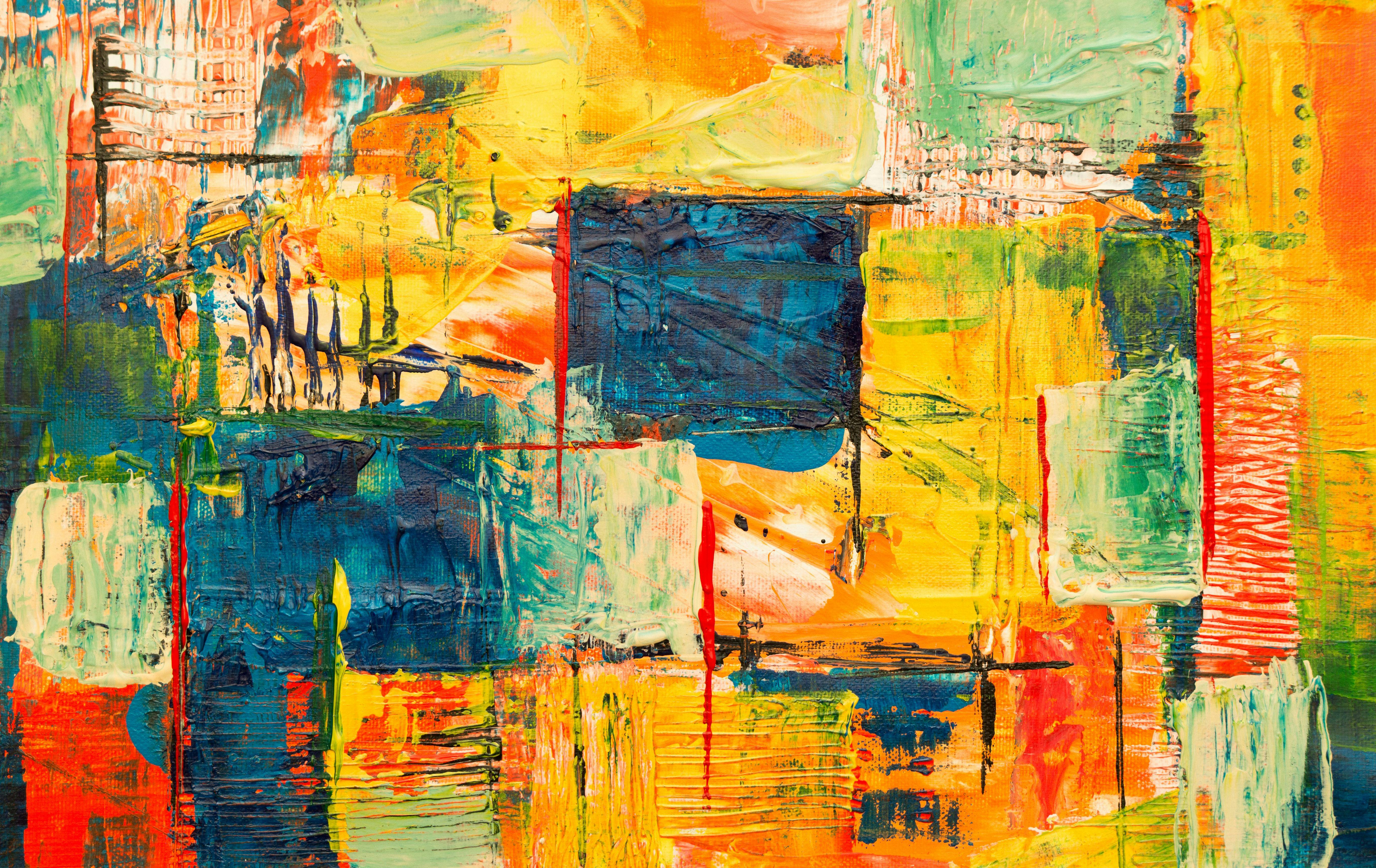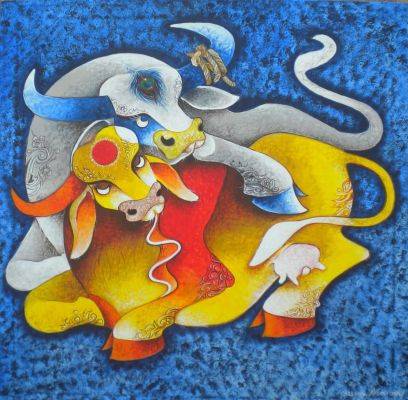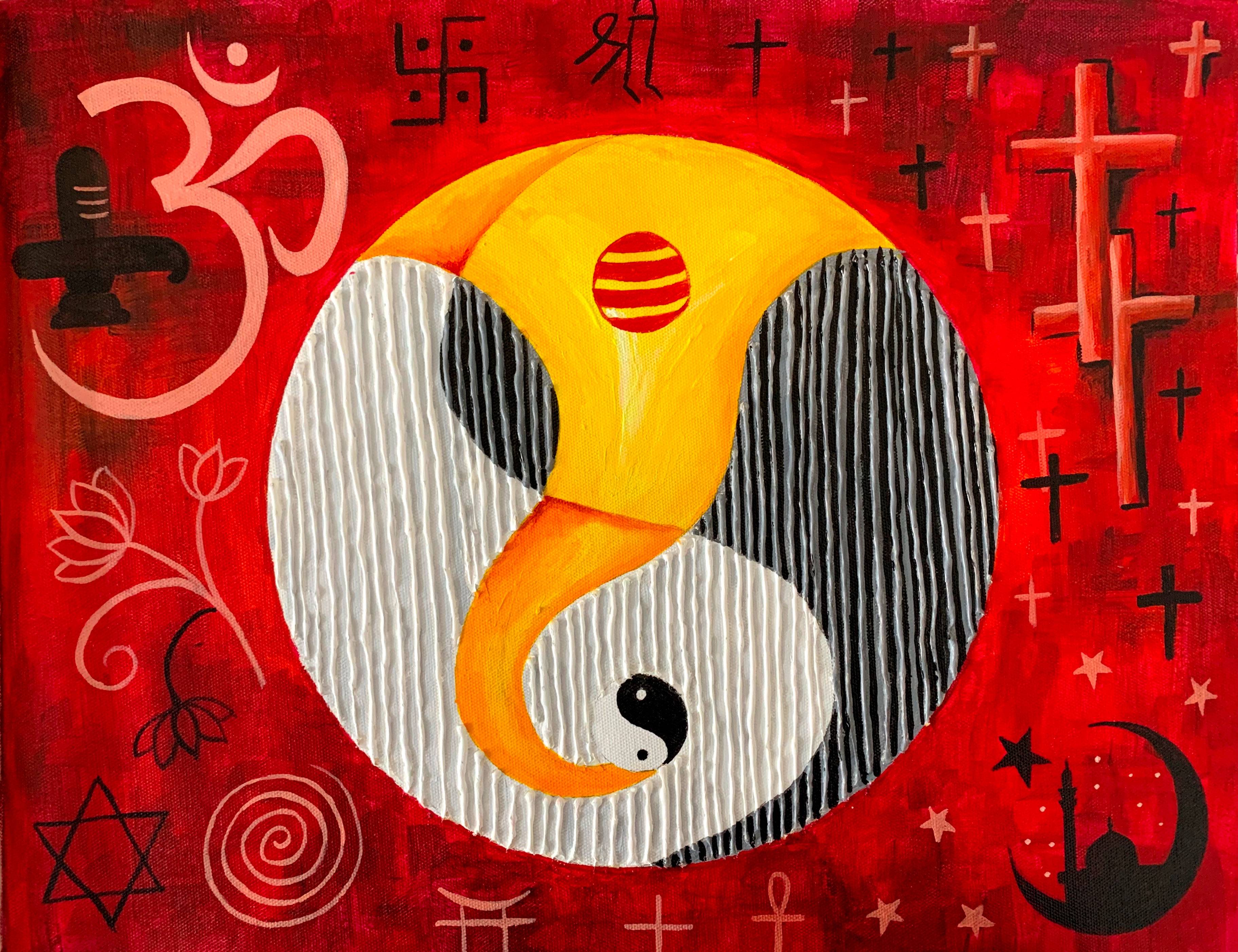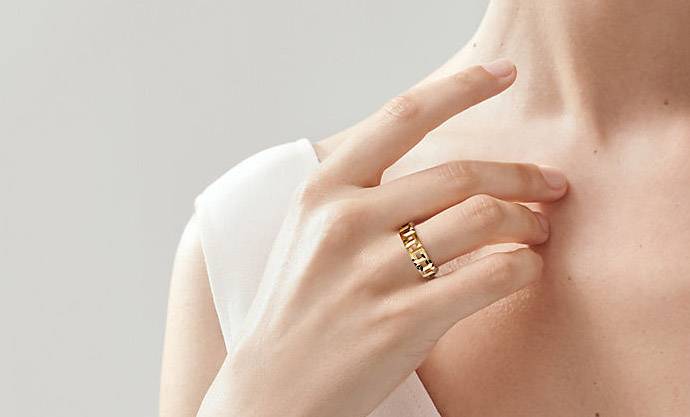Introduction
Abstract art stands as a testament to human creativity, transcending the boundaries of traditional representation to convey emotions, ideas, and concepts in a profoundly personal and experimental manner. Its evolution is a rich tapestry woven through the threads of history, influenced by cultural shifts, technological advancements, and the ever-changing landscape of human thought. In this blog, we delve into the fascinating journey of abstract art, exploring its origins, evolution, and enduring impact on the landscape of modern art.
Origins of Abstract Art
The seeds of abstract art were sown in the fertile ground of the late 19th and early 20th centuries, amidst a period of profound upheaval and change in the art world. As traditional academic painting began to lose its grip on the imaginations of artists, a new wave of experimentation emerged, challenging established norms and conventions.
One of the earliest precursors to abstract art can be found in the works of the Impressionists, who sought to capture fleeting moments of light and colour in their paintings, eschewing detailed realism in favour of capturing the essence of a scene. Artists such as Claude Monet and Edgar Degas paved the way for a new mode of expression, laying the groundwork for the radical departures that would follow.
Evolution of Abstract Art
The early 20th century witnessed a flurry of artistic movements that pushed the boundaries of representation to their breaking point. In the early 1900s, movements such as Cubism and Futurism emerged, embracing geometric forms and fragmented perspectives to challenge traditional notions of space and form. Artists like Pablo Picasso and Georges Braque shattered the conventions of perspective, presenting multiple viewpoints simultaneously in their revolutionary canvases.
As the century progressed, abstract art continued to evolve, branching out into a myriad of styles and approaches. The bold, expressive brushwork of the Abstract Expressionists, including artists such as Jackson Pollock and Willem de Kooning, captured the raw energy and emotion of the human experience, paving the way for a new era of artistic experimentation.
Surrealism also played a significant role in the development of abstract art, with artists like Salvador Dalí and Joan Miró exploring the depths of the subconscious mind through dreamlike imagery and fantastical landscapes. Surrealist paintings often blurred the line between reality and fantasy, inviting viewers to explore the hidden recesses of the psyche.
Impact on Modern Art
The impact of abstract art on the landscape of modern art cannot be overstated. By liberating artists from the constraints of representation, abstract art opened up new avenues for exploration and self-expression, revolutionizing the way we think about art and its role in society.
One of the most significant contributions of abstract art is its emphasis on the subjective experience of the viewer. Unlike representational art, which seeks to depict the external world in a recognizable form, abstract art invites interpretation and engagement on a deeply personal level. Viewers are encouraged to bring their own experiences, emotions, and perspectives to bear on the artwork, creating a rich and multifaceted dialogue between artist and audience.
Abstract art has also played a crucial role in expanding the boundaries of artistic practice, inspiring new generations of artists to push the limits of creativity and experimentation. From the vibrant geometric abstractions of the Op Art movement to the minimalist compositions of artists like Agnes Martin and Mark Rothko, abstract art continues to inspire and challenge artists to explore new realms of possibility.
Moreover, abstract art has had a profound impact on popular culture, influencing everything from advertising and graphic design to fashion and architecture. Its bold colours, dynamic forms, and sense of freedom have permeated every aspect of contemporary life, shaping the way we see and interact with the world around us.
Conclusion
Abstract art stands as a testament to the boundless creativity of the human spirit, transcending the constraints of representation to explore the depths of emotion, thought, and imagination. Its evolution is a testament to the ever-changing nature of artistic expression, reflecting the shifting currents of history, culture, and society.
From its humble origins in the early 20th century to its enduring impact on the landscape of modern art, abstract art has captivated and inspired generations of artists and viewers alike. As we continue to navigate the complexities of the modern world, abstract art serves as a reminder of the power of imagination, innovation, and the endless possibilities of artistic expression.







